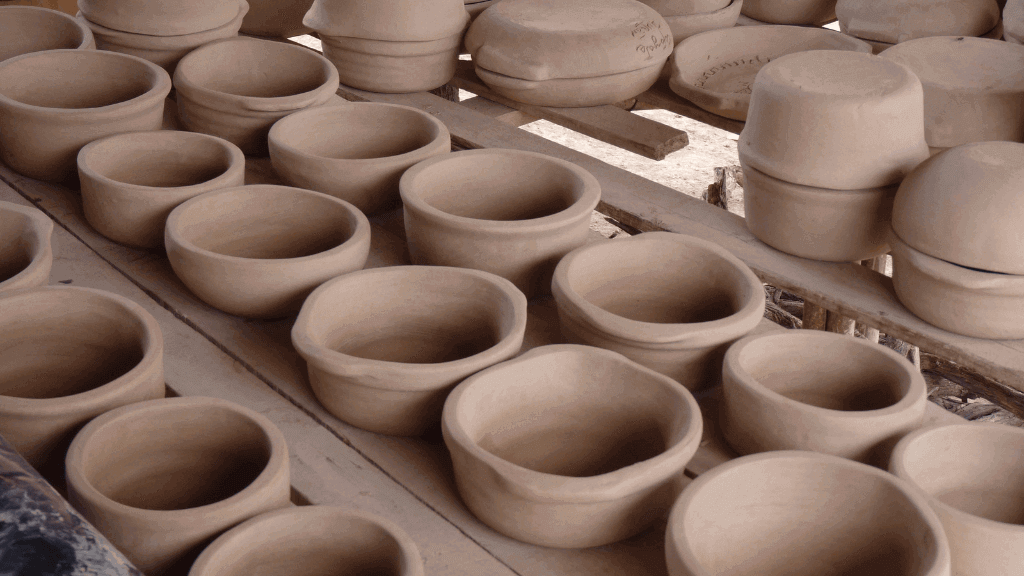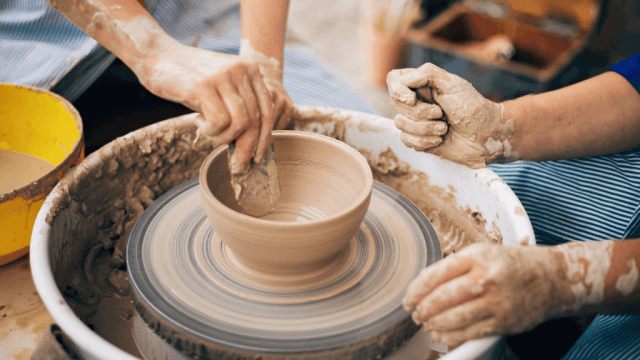Pottery clay can be too dry to fire, as it needs to be bone dry before it is fired to prevent it from exploding in the kiln. Excessive drying can lead to cracking or warping, and depending on the clay type, it can shrink anywhere from 2% to 10% during the drying process. Greenware can sit forever before going into the kiln as long as it stays dry, but bisqueware that sits a long time can get dusty. Dryers should be used carefully, as they blow hot air too hard on the clay and cause it to dry too quickly.
What are the consequences of firing pottery that is too dry?
If pottery is fired before it dries, it can flake off, or the glaze may crack and flake off. Clay can also be over-dried before firing, which increases the chance of cracking or breaking in the kiln. The amount of shrinkage during drying and firing depends on the type of clay used, and uneven drying rates can create stresses in the clay that lead to defects such as cracks or warpage.
Is it possible to salvage pottery that has become too dry for firing?
Yes, it is possible to salvage pottery that has become too dry for firing. Rehydrating bone-dry clay can be done by dissolving it in water or using a process called ‘slacking.’ It is also possible to repair bone-dry clay with slip. However, the fixed pieces will be fragile and may not survive the firing process.
What are some common causes of pottery becoming too dry before firing?
Common causes of pottery becoming too dry before firing include differences in the thickness of different parts of the piece, improper glaze application, dust or oil on bisque, over-fired bisque, and stress from drying.
How can a potter prevent their pottery from becoming too dry before firing?
To prevent pottery from becoming too dry before firing, tent the pottery to keep the top from drying faster than the bottom, dry it in the shade, and place a layer of rags or paper towels between the clay and its plastic cover to trap condensation. Additionally, use clay with a high level of plasticity that contains ‘grog,’ which has been fired and ground before being added to the clay mix. If the pottery is too dry, work with it by air drying it and putting the piece into the fire again.
Are there any types of pottery that are more susceptible to becoming too dry before firing than others?
Pottery made from porcelain clay is more susceptible to becoming too dry before firing due to its fine particle size, which makes it very plastic and causes it to shrink the most. Uneven drying can lead to separation at small joints, and larger pottery pieces are more likely to crack due to the surface drying quicker than the deep layers. Clay needs to be bone dry before firing.











